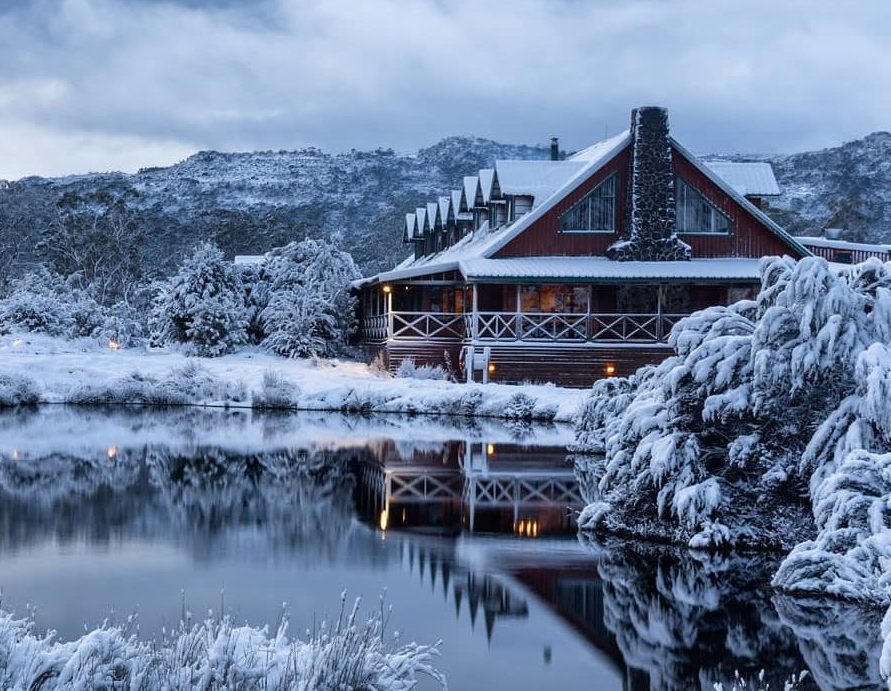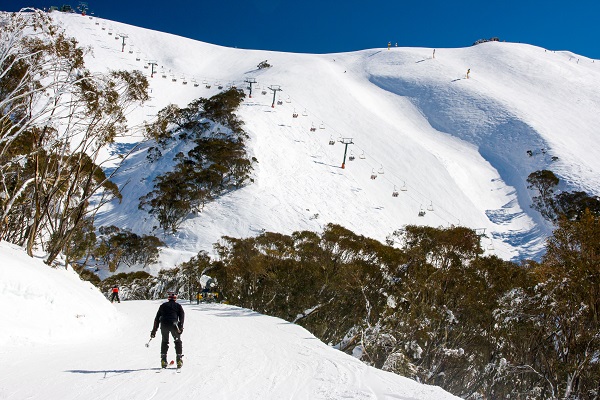Learn About the Best-Known and Snow-Covered Destinations In Australia
Learn About the Best-Known and Snow-Covered Destinations In Australia
Blog Article
The Different Kinds Of Snow in Australia and Their Influence on Winter Sports
Australia, known for its sun-soaked beaches, is also home to a diverse array of snow conditions that significantly affect winter sporting activities. Each kind, from the damp seaside snow to the completely dry indoor powder, presents special obstacles and benefits for athletes. An understanding of these variations is essential for those looking for to browse the Australian slopes, as each calls for various techniques and durability. The following expedition will certainly talk about the ramifications of these snow kinds on winter sporting activities performance.

Recognizing the Attributes of Different Snow Types
While many assume that snow is an uniform entity, it is important to comprehend that there are various types, each with distinct attributes. In Australia, these variants are specifically noticable due to climatic variety. Coastal snow, located in locations such as the Snowy Mountains, is generally wetter and denser as a result of high dampness content, making it optimal for snowball battles or developing snowmen. On the various other hand, the snow located in the indoor regions like the Australian Alps is drier and lighter, usually compared to a cosy powder. These distinctions in snow type aren't simply aesthetic; they considerably impact winter months sporting activities, dictating the convenience of movement, the speed attainable, and the level of control called for from athletes.
The Effects of Powder Snow on Winter Sports and Snowboarding
In spite of its light and cosy look, powder snow in the Australian Alps offers both one-of-a-kind obstacles and opportunities for winter sporting activities enthusiasts, particularly those engaged in skiing and snowboarding. The loosened, dry nature of powder snow can originally be challenging to browse for novices, calling for careful equilibrium and control. For more skilled practitioners, the soft, untracked snow supplies a thrilling experience, permitting for active and dynamic activity - Does Australia Get Snow. The smooth and flexible surface area of powder snow likewise lowers risk of injury throughout falls, making it a preferred choice for severe winter season sports. It's worth keeping in mind, the differing deepness and uncertain nature of powder can often lead to surprise obstacles, calling for constant caution.

The Difficulties and Benefits of Stuffed Snow in Winter Months Sports
Moving emphasis from the loosened, dry powder snow, an additional prevalent kind of snow in the Australian Alps is jam-packed snow, positioning its very own set of challenges and advantages in the realm of wintertime sporting activities. Regulating and navigating turns rate can be challenging on packed snow, requiring greater skill levels from professional athletes. In spite of these obstacles, packed snow continues to be an essential component in lots of winter months sporting activities, forming the performance and approaches of athletes.
The Function of Damp Snow in Australian Winters Months Games
In comparison to the dense, slick surface area of stuffed snow, wet snow plays a totally various function in Australian wintertime games. Does It Snow In Australia. Its malleability makes it excellent for snow sculpting events and for strengthening snow frameworks in sporting activities like snow fort fights.

Just How Slushy Snow Influences Winter Season Sports Performance
Continuing the expedition of varying snow conditions in Australia, the impact of slushy snow on winter sports is another fascinating aspect. Slushy snow, resulting from warmer temperature levels or direct sunshine, poses distinct difficulties to professional athletes. It lowers rate and requires increased exertion as the devices sinks into the soft, water-saturated snow. In skiing and snowboarding, slushy conditions can influence the predictability of dives and turns, increasing the danger of accidents. For snowmobiling, the equipment's performance might be impeded as it has a hard time to maintain traction. Therefore, slushy snow changes the wintertime sporting activities landscape, demanding not just heightened physical effort from professional athletes yet also a higher hop over to these guys emphasis on security precautions.
Adjusting Winter Season Sports Techniques to Different Snow Problems

Verdict
In final thought, Australia's varied snow kinds dramatically affect winter sporting activities efficiency. Each type, from the glossy coastal snow to the drier indoor powder and the heavy, sticky damp snow, presents distinct difficulties and advantages. Hence, professional athletes need to adapt their strategies to browse these differing problems efficiently. The snow's developmental function underscores the value of understanding its qualities to enhance efficiency and safety and security in Australia's winter sports landscape.
Moving emphasis from the loose, dry powder snow, one more prevalent type of snow in imp source the Australian Alps is stuffed snow, posturing its own collection of challenges and benefits in the realm of winter season sports - Snow In Australia.In contrast to the thick, slick surface area of stuffed snow, wet snow plays a totally various role in Australian winter video games. Its pliability makes it suitable for snow sculpting occasions and for strengthening snow frameworks in sporting activities like snow ft battles.Proceeding the exploration of varying snow conditions in Australia, the influence of slushy snow on winter months sports is one more interesting aspect. Each type, from the slick seaside snow to the drier indoor powder and the hefty, sticky damp snow, offers distinct obstacles and advantages
Report this page